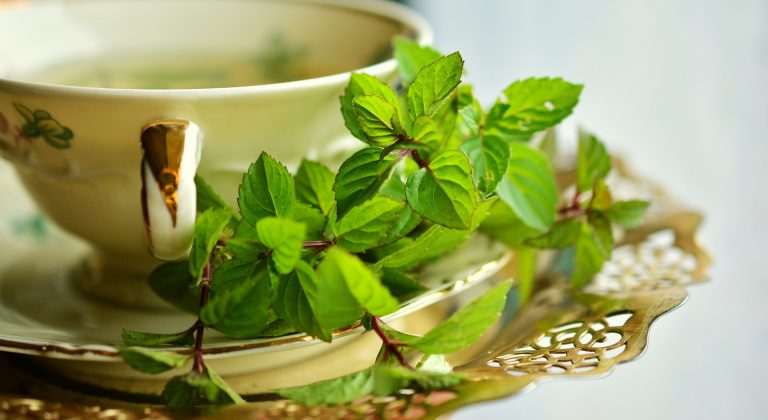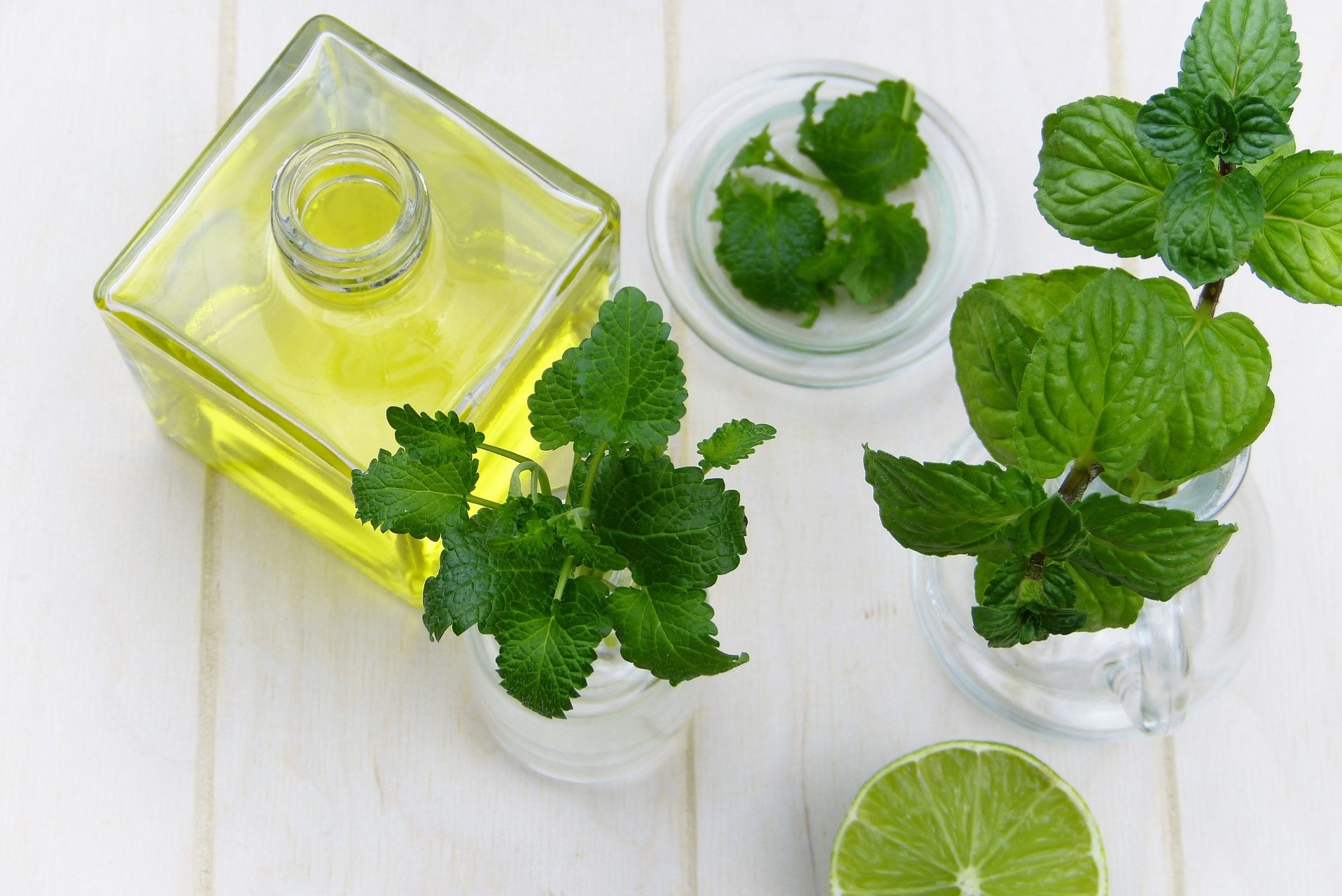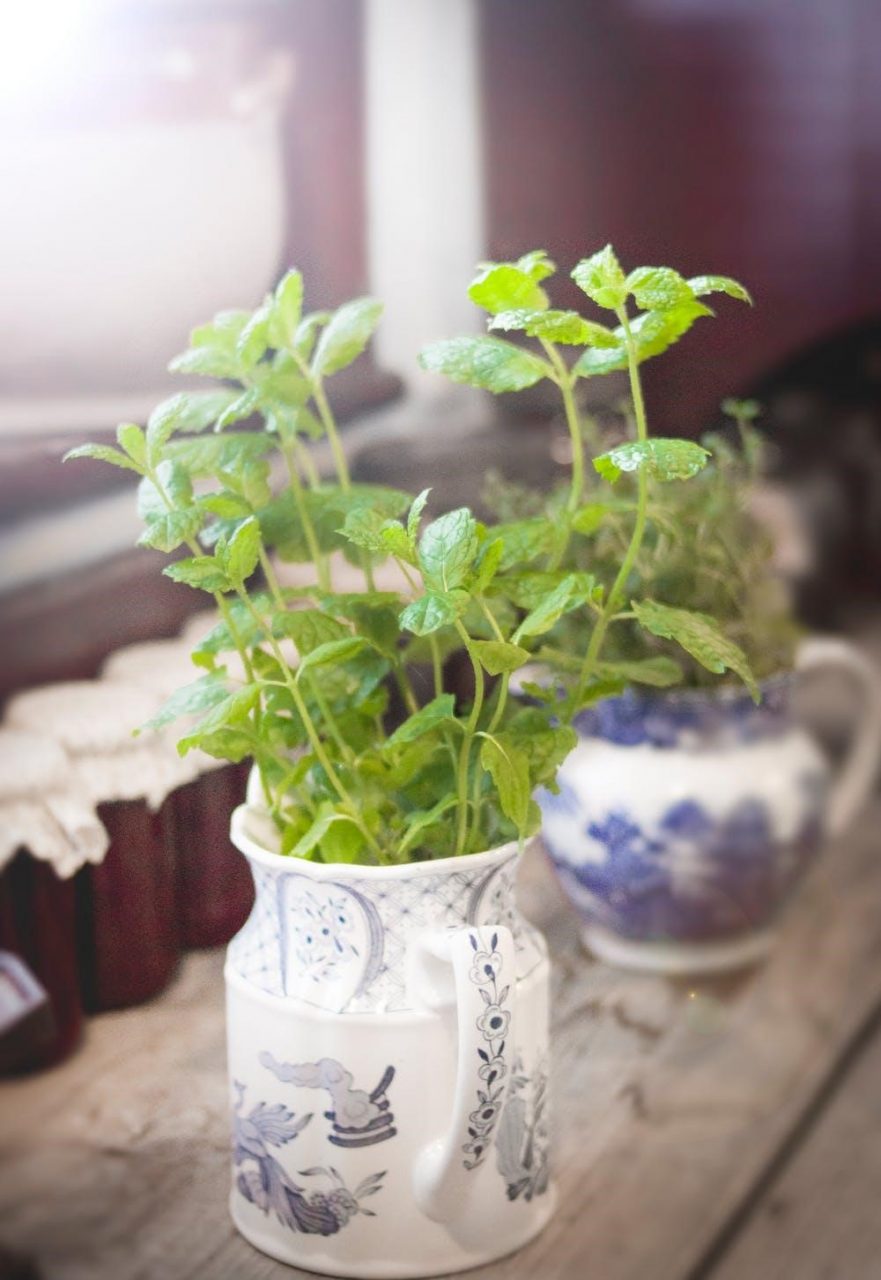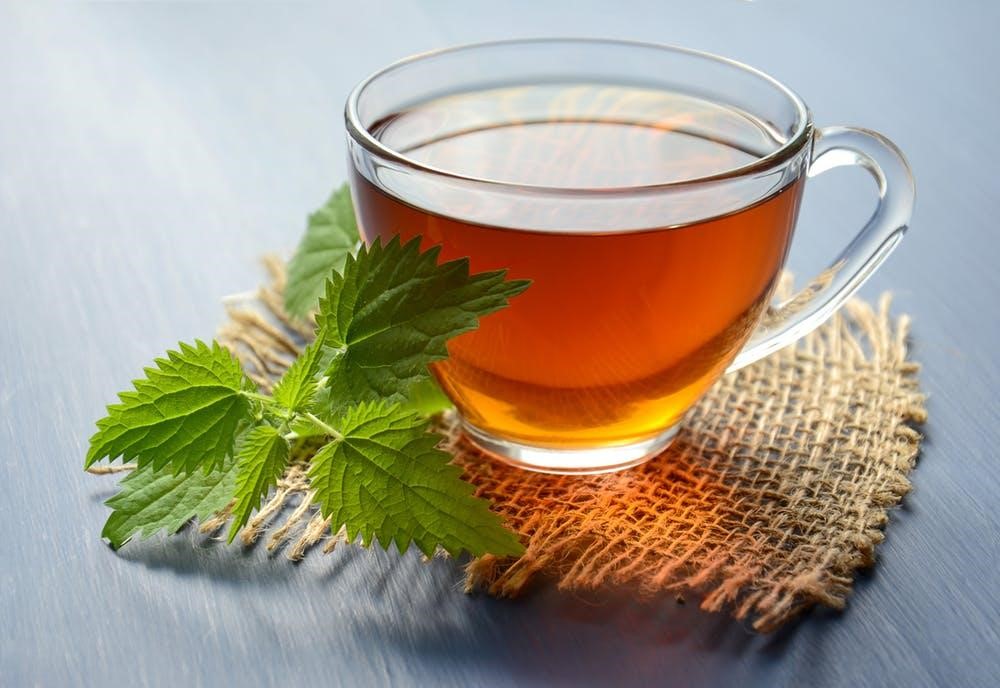
So many herbs are used in our food and beverage recipes. But, we sometimes fail to take advantage of their full power! Herbs, like mint, are capable of far more than we give them credit for and I would like to help educate others to improve their understanding of the power of herbs and hopefully increase their usage.

The Mint Plant
There are several different types of mint plants and there are also several plants that are considered “members of the mint family”. However, there are telltale qualities of the mint plant that help to identify them.
The first (and possibly the most obvious) quality of the mint plants is the distinctive smell that they emit. If you were to hold a mint leaf and stem in your hands, and gently rub them, you should discover the scent that comes from the oils of the plant. The smell may even make you think you’re holding candy or a cup of tea.
The second telltale quality of the mint plants that can help identify them is their stems. The stem of the mint plant is very distinguishable because unlike many other plants, their stems are square in shape! Typically, plant stems are circular in shape.
These plants can be grown inside as part of an indoor herb garden, outdoors and can be planted in nearly any amount of sunlight or shade. They are perennials that should thrive in nearly any type of garden, as long as they are planted in good soil with decent drainage. Mint plants are well known as being “spreaders” meaning they commonly spread beyond where they were originally planted when in an outdoor garden.

Benefits of the Mint Plant
1. Mint plants are nutritious
How? If we look at nutritional facts of mint plants (specifically peppermint) we will see the various nutritional benefits of this pungent plant.
First, peppermint leaves are a low-calorie food. Peppermint leaves are only two calories for every two tablespoons!
Second, peppermint leaves are a fat-free food. They do not contain any trans fats, saturated fats, monounsaturated fats, or polyunsaturated fats.
Third, peppermint leaves do not contain any cholesterol, but they are wonderful sources of potassium (18 mg/two tablespoons).
Finally, peppermint leaves contain a measurable amount of protein, vitamin A, Vitamin C, and Iron!
2. Mint plants can help IBS sufferers and indigestion
In this case, the form of the mint or peppermint being used is important. There are peppermint oil capsules that are said to help ease pain and other symptoms of IBS and indigestion. There are also several mint teas including peppermint tea that can be brewed and consumed to help improve symptoms of IBS and indigestion.
3. Mint plants can help improve brain functions
Similarly to the previous health benefit of mint, this health benefit is largely due to the form of the peppermint. In this case, it is the distinctive and pungent smell of the peppermint plant and the essential oil that assists this health benefit. By using peppermint essential oils in a diffuser, a candle, or other essential oil host, the aroma is released into the air. Studies have shown that when people are exposed to this aroma that their memory is improved, their anxiety is lessened, and their frustrations are calmed.
4. Mint plants may improve pain related to breastfeeding
Any mother that has breastfed her new baby has experienced sore and/or cracked nipples. This pain can become nearly intolerable, leaving the mother frustrated and desperately seeking pain relief. It is believed that these women can find pain relief by applying a peppermint infused topical cream, gel, or essential oil.
5. Mint plants may also improve bad breath and cold symptoms
Finally, it should come as no surprise that mint is often used to help combat bad breath. Peppermint and spearmint are very popularly used in toothpastes, chewing gum, and mouthwash for this exact reason!
Mint leaves brewed into tea are often used to help ease cold symptoms. This is largely due to the pungent aroma of the mint plants that are said to assist as a decongestant.
